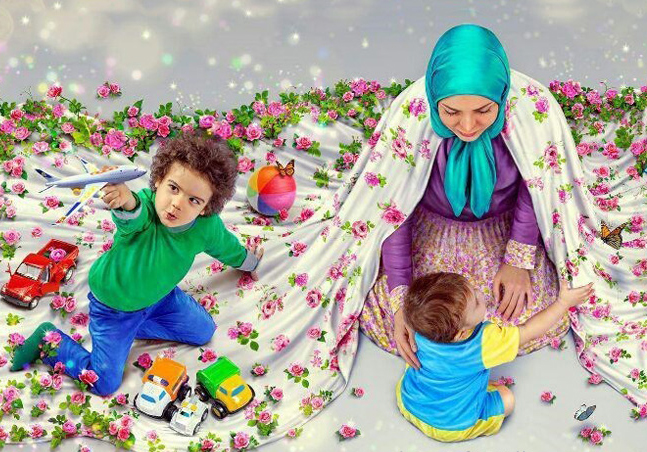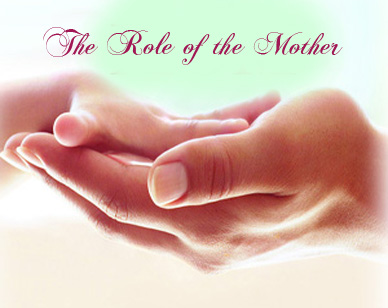Women in the Ancient Ages
The social standard of women’s evaluation in the different ancient ages varied to great extent and swung between negligence and excessiveness, deprived of any state of moderation. Women, first, were regarded as lowly, imperfect creatures. Then, they were regarded as a devil that inspires with sinning and evil. Then, they were regarded as the mistress of the society who has absolute control over everything. Then, they was regarded as a worker that must be exerting all efforts to save her livelihood.
During most of these ages, women used to suffer misery and humiliation, since her rights were usurped and her soul was enslaved by man who had the right to use her for any purpose.
During the Roman civilization, women's values were unstable. First, they were decided as a slave and servant of man, who had all the freedom to domineer her. Then, they were overestimated when they were freed from the fist of fathers and husbands and granted all rights of possession, heritage, divorce, indecorum, and indecency to the degree that a Roman woman used to marry a number of men shamelessly.
A Roman writer mentioned the story of a woman who moved in the laps of eight men in less than five years. Another saint referred to the story of that woman whose last marriage was the twenty-third to the man who married twenty times before her.1
Furthermore, the Roman woman was allowed to practice sexual deviation freely, and that was the main reason beyond the corruption that affected the Roman society.
In the custom of the Greek civilization, women were added to the rubbish. They were sold, purchased, and regarded as devilish infection.
The ancient codes of India decided that epidemic, death, hell, poison, snakes… etc. are better than women. Hence, the Indian women’s rights to live were ceased with the death of their husbands who were their absolute masters and lords. Hence, they had to throw themselves in the fire in which the bodies of their husbands were thrown; lest, the eternal curse would befall them.
From the viewpoint of the Torah, the rank of woman can be noticed through the following words that are recorded in the Exodus, Chapter 14, paragraph 17:
(My heart and I wandered so as to know, search, and seek wisdom and reason, and to know that evil is ignorance and idiocy is insanity. I found that a woman who is snare and whose heart is trapped and hands are fettered, is more bitter than death.) 2
Christianity, in the Middle Ages, considered women as a devilish, profane creature that should be kept away.
In his book titled ‘History of Ethics of Europe’, Liki says that people used to escape women’s shadows and deem sinful to approach or meet them. They also believed that to meet by chance in the way or talk to any woman, including mothers, wives, or sisters, abort righteous deeds and spiritual efforts.
Thus, the Western society used to underestimate women. In 586 A.D., a conference was held in France to decide whether a woman is a human being or not! After discussions, they decided that women are human beings that are created for serving men!
In England, Henry VIII deemed it unlawful for women to recite the Holy Scriptures. Until 1850 A.D., women were not regarded as citizens, and until 1882, they had no personal rights and had no right to possess anything. Hence, women were dissolved in the personalities of their fathers or husbands. 3
* Adopted from the book: "Matrimonial Rights" by: "Sayyid Mahdi as-Sadr"



















